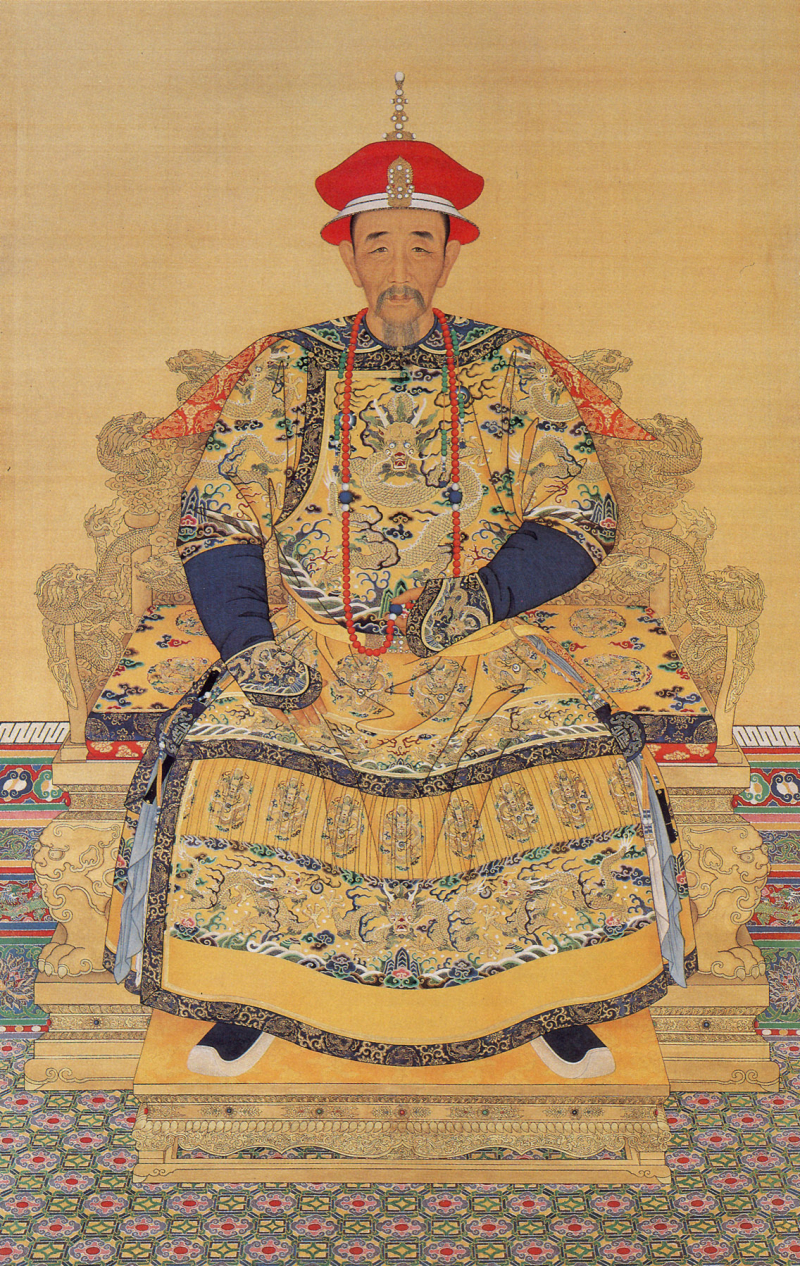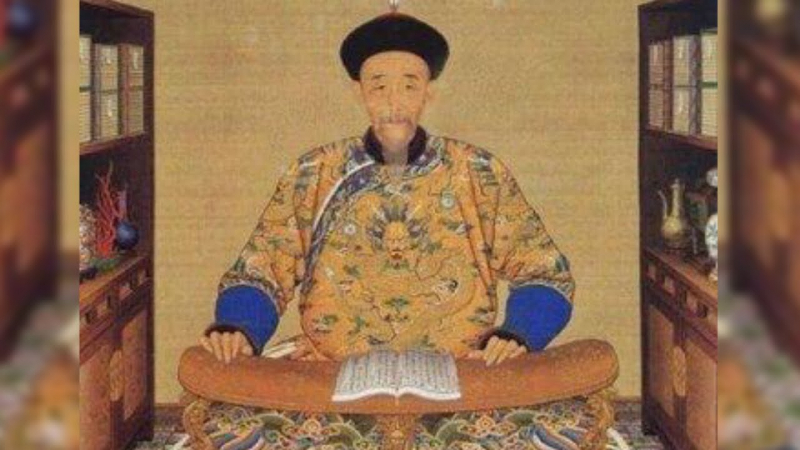Kangxi Emperor
The Kangxi Emperor (康熙帝; 4 May 1654 - 20 December 1722) reigned from 1661 to 1722 as the third emperor of the Qing dynasty and the second Qing emperor to rule over China proper.
With a reign of 61 years, the Kangxi Emperor was the longest-reigning emperor in Chinese history (though his grandson, the Qianlong Emperor, had the longest period of de facto power, ascending as an adult and maintaining effective power until his death) and one of the longest-reigning rulers in history. However, because he ascended the throne at the age of seven, actual power was held by four regents and his grandmother, the Grand Empress Dowager Xiaozhuang, for six years.
The Kangxi Emperor is regarded as one of China's greatest rulers. He put down the Three Feudatories Revolt, forced the Kingdom of Tungning in Taiwan and various Mongol rebels in the North and Northwest to submit to Qing rule, and blocked Tsarist Russia on the Amur River, retaining Outer Manchuria and Outer Northwest China.
After years of war and chaos, the reign of the Kangxi Emperor brought long-term stability and relative wealth. He began the "Prosperous Era of Kangxi and Qianlong" or "High Qing," which lasted several generations after his death. His court also produced literary works such as the Kangxi Dictionary and the Quan Tangshi poetry anthology.












